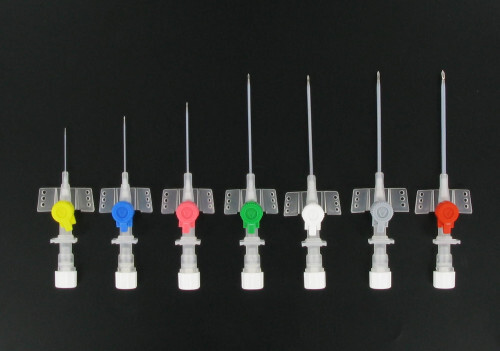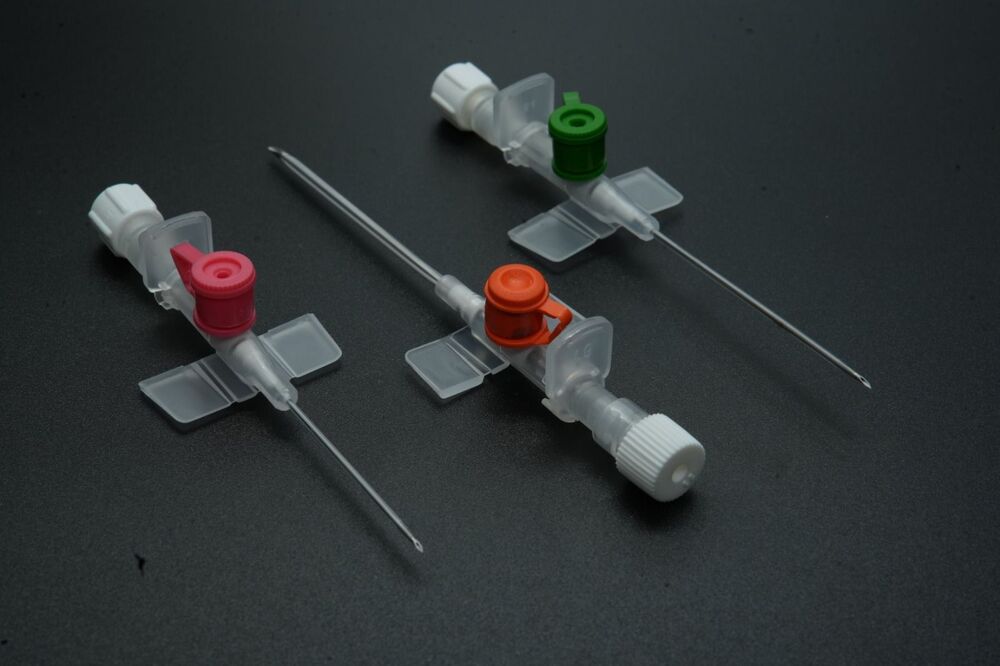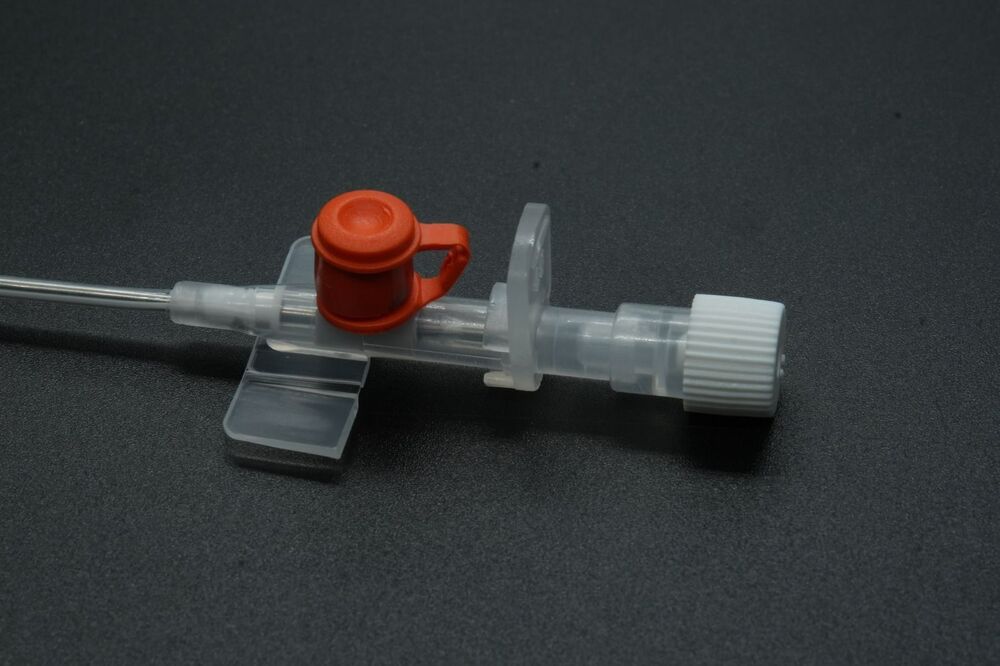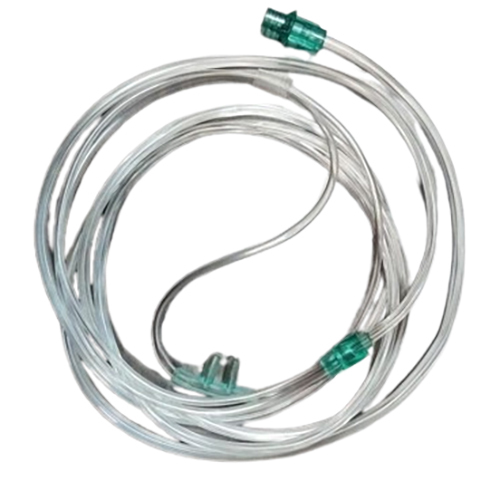INTRAVENOUS CANNULA
Price 5.5 INR/ Piece
INTRAVENOUS CANNULA Specification
- Use
- Medical
- Portable
- Yes
- Condition
- New
- Material
- Other
- Recyclable
- No
- Sterilized
- Yes
- Needle
- Yes
- Use Type
- Single Use Only
- Warranty
- 1 Year
INTRAVENOUS CANNULA Trade Information
- Minimum Order Quantity
- 100 Pieces
- Supply Ability
- 1000 Pieces Per Month
- Delivery Time
- 5-7 Days
- Sample Available
- Yes
- Sample Policy
- Free samples available with shipping and taxes paid by the buyer
- Main Domestic Market
- All India
About INTRAVENOUS CANNULA
An intravenous cannula is a sterile, flexible device inserted into a vein to provide a continuous or intermittent access point for the administration of fluids, medications, or blood products. It is a critical component in vascular access, used in emergency care, surgical settings, inpatient wards, and outpatient therapy.
Key Features:
-
Cannula (Catheter) Tube:
-
Made of medical-grade, biocompatible polyurethane or Teflon.
-
Flexible and kink-resistant, designed to remain in the vein comfortably for short to medium durations.
-
-
Stainless Steel Introducer Needle:
-
Sharp beveled tip for smooth and atraumatic venipuncture.
-
Needle is withdrawn after successful insertion, leaving only the soft cannula in place.
-
-
Flashback Chamber:
-
Located at the needle hub to confirm venous access via blood flashback.
-
-
Luer Lock or Luer Slip Hub:
-
Color-coded according to gauge size (e.g., pink = 20G, green = 18G) for quick identification.
-
Enables secure connection to IV lines, syringes, or infusion sets.
-
-
Injection Port (Optional):
-
Integrated port with a valve for administering medications without disconnecting the main line.
-
-
Wings (Optional - Winged Cannula):
-
Aid in securing the cannula with tape and enhance patient comfort and stability.
-
-
Safety Features (in safety IV cannulas):
-
Built-in needle protection mechanisms to reduce the risk of needlestick injuries.
-
Common Sizes and Uses:
| Gauge (G) | Color | Common Use |
|---|---|---|
| 14G | Orange | Trauma, rapid fluid/blood resuscitation |
| 16G | Grey | Surgery, large-volume infusions |
| 18G | Green | Blood transfusion, major procedures |
| 20G | Pink | General use, medications, fluids |
| 22G | Blue | Elderly/pediatric patients |
| 24G | Yellow | Neonatal/pediatric or fragile veins |
Applications:
-
Administration of IV fluids and medications
-
Blood transfusions
-
Emergency access during resuscitation
-
Contrast injection for radiological procedures
-
Parenteral nutrition




Price:
- 50
- 100
- 200
- 250
- 500
- 1000+
More Products in Iv CANNULA Category
Nasal Cannula
Minimum Order Quantity : 100 Pieces
Material : Other
Sterilized : Yes
Use : Medical
Shape : Round
Size : Standard

 Send Inquiry
Send Inquiry Send Inquiry
Send Inquiry

